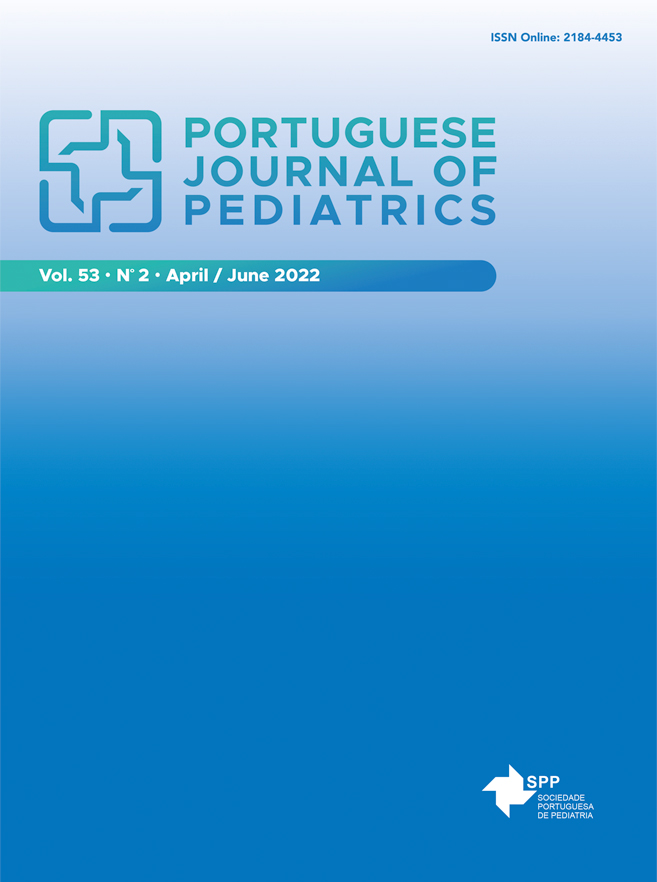Coagulation Reference Values and Indications for the Use of Plasma Derivatives in Neonates: A Narrative Review
Neonatal coagulation and plasma products
DOI:
https://doi.org/10.25754/pjp.2022.26058Abstract
Normal levels of coagulation factors in neonates are generally lower, which lead to prolonged clotting times, namely
prothrombin time and activated partial thromboplastin time. These tests are frequently requested in neonatal intensive care units, and altered values are commonly found. However, these coagulation factor deficiencies are physiologic. Developmental hemostasis is a process that leads to the progressive increase of coagulation factor levels from birth to adulthood. It is crucial to define appropriate reference values for activated partial thromboplastin time, prothrombin time, and fibrinogen levels to avoid unnecessary transfusions. Physicians tend to prophylactically transfuse neonates in the presence of abnormal test results in an attempt to correct these deficiencies and decrease bleeding risk. As these changes are not associated with an increased risk of bleeding, namely intraventricular hemorrhage, most neonates do not require the transfusion of plasma products. In fact, transfusion of blood products has risks, and transfusion recipients should be carefully selected. This review aimed to determine the reference range values for fibrinogen and clotting times (prothrombin time and activated partial thromboplastin time) in neonates. Moreover, it was attempted to identify the specific indications for the transfusion of plasma derivatives. This review emphasizes the need for evidence-based reference ranges for coagulation tests (activated partial thromboplastin time, prothrombin time, fibrinogen), in preterm and full-term infants, as well as the importance of establishing universal guidelines for the transfusions of plasma products to ensure a standard clinical approach to this subject.
Downloads
Downloads
Published
Issue
Section
License

This work is licensed under a Creative Commons Attribution-NonCommercial-NoDerivatives 4.0 International License.









